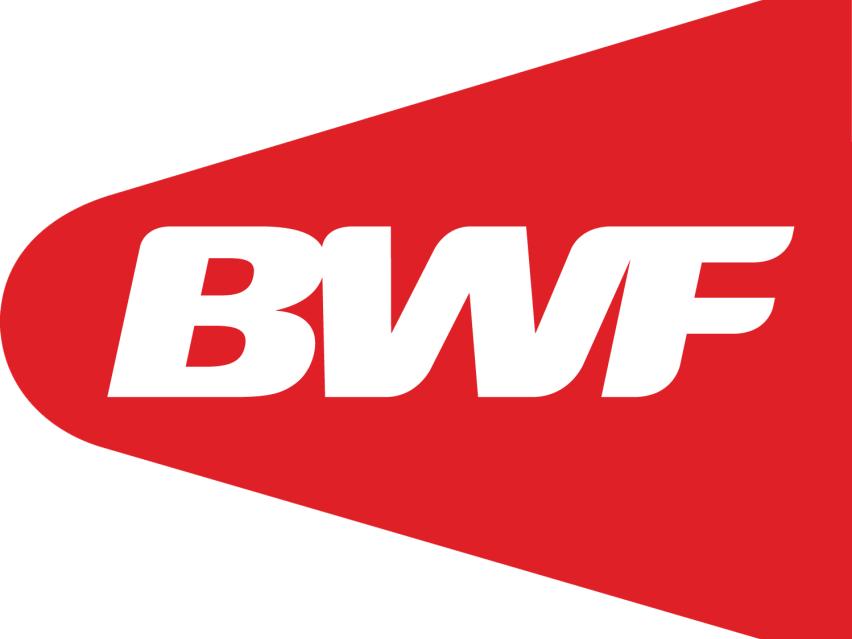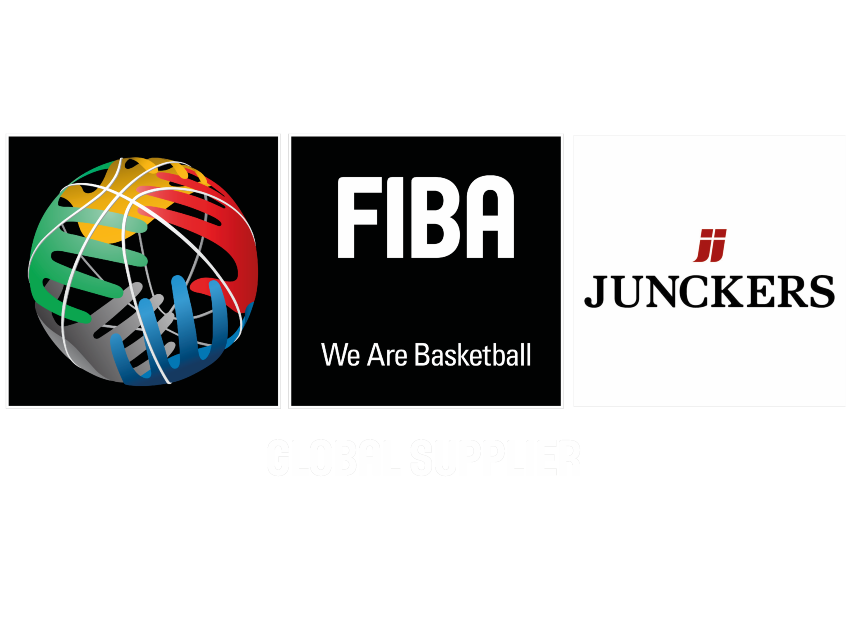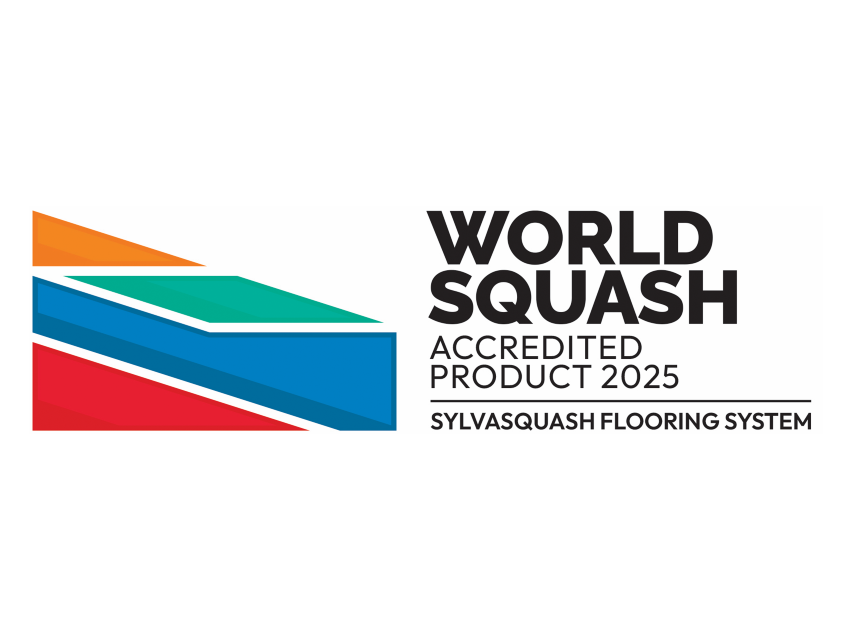Portable vs. Fixed Floors: How to Choose
When deciding between portable and fixed sports floors, it’s essential to match the flooring system to the demands of your facility and the activities it will host. This guide outlines the practical differences between portable and fixed hardwood sports floors, detailing their key features, installation considerations, and long-term benefits. Whether you manage a multipurpose sports hall, design athletic spaces, or handle installations, you’ll find clear, actionable information to help you select the right floor type for your project’s needs.
Understanding Portable and Fixed Sports Floors
When it comes to how to choose the best sports floor for your facility, understanding the core differences between portable and fixed sports floor systems is the first step. Both floor types are crafted from 22 mm solid hardwood, available in a range of wood species and gradings, but differ in installation method, flexibility, and intended use. Portable sports floors, such as Junckers Pro Complete 44 and Arena Master, are not permanently attached and are designed for temporary or multi-use spaces. Fixed floors, including systems like DuoBat 120+ and UnoBat 78+, are installed as permanent features in sports halls and arenas, offering a stable and seamless solution.
Key Factors in How to Choose the Best Sports Floor
Selecting the right floor hinges on the unique requirements of your project. The primary factors to consider include:
- Types of sports and activities (basketball, volleyball, badminton, school events)
- Frequency and intensity of use
- The need for flexibility in space usage
- Compliance with EN 14904 standards for safety and performance
- Subfloor conditions and construction height requirements
- Timeline and installation environment
By evaluating these elements, you can align your flooring choice with both performance expectations and practical constraints.
Assessing Performance and Safety Standards
Performance and safety are non-negotiable in sports flooring. All Junckers systems are certified according to EN 14904, ensuring they deliver optimal shock absorption, ball bounce, and surface friction. This compliance is essential for athlete safety, especially in competitive settings. For architects and specifiers, robust technical documentation and third-party certifications provide the confidence needed to specify the right system for every project. For additional technical details, you can consult the brochures for sports flooring.
Durability and Maintenance Over Time
A sports floor is a significant investment, so longevity and ease of maintenance are crucial. Junckers’ solid hardwood floors can be sanded and refinished multiple times, significantly extending their lifespan. Portable sports floors are built for repeated installation and dismantling, maintaining their integrity with each use. Fixed floors are designed to withstand heavy equipment and high traffic over many years, with minimal maintenance requirements due to their factory-finished surfaces. For practical guidance on upkeep, see the maintenance and refurbishment of wooden sport floors.
Benefits of Choosing a Portable Sports Floor
A portable sports floor offers several advantages, making it a practical solution for facilities requiring adaptability:
- Quick installation and dismantling for temporary or event-based needs
- Easy transportation and storage between venues
- Pre-printed markings and graphics available for tournaments and branding
- Compatible with a variety of subfloor types
- Minimal impact on existing infrastructure
- Ideal for facilities that host a wide range of activities or need to frequently reconfigure spaces
Junckers’ Pro Complete 44 and Arena Master systems are engineered to deliver consistent performance, even after multiple installations.
Advantages of Fixed Sports Floor Systems
Fixed sports floors are the preferred choice when stability, durability, and seamless design are the primary requirements. Key advantages include:
- Permanent attachment to the subfloor for maximum stability
- Superior underfoot feel and uniform performance across the surface
- High load tolerance, suitable for heavy equipment such as retractable seating
- Low risk of movement or shifting, even with intensive daily use
- Customizable to a range of construction heights and subfloor solutions
- Ideal for new builds and refurbishments in sports halls and arenas
To explore the available options, visit the DuoBat 120+ fixed sports flooring solution.
Comparing Costs and Long-Term Value
Cost considerations go beyond the initial installation. While a portable sports floor may offer lower upfront costs and more flexibility, a fixed floor system can deliver greater long-term value through durability and reduced maintenance. Both types of Junckers floors can be sanded and refinished, extending their service life and maximizing return on investment. Assess your facility’s long-term needs, usage patterns, and available resources to determine which option presents the best value.
How to Match Your Flooring Choice to Your Project
To ensure you select the most suitable sports floor solution, follow these practical steps:
- Define your facility’s primary and secondary uses.
- Assess the expected frequency and intensity of use.
- Identify any requirements for temporary or multi-use configurations.
- Confirm subfloor conditions and any relevant construction limitations.
- Validate compliance needs, such as EN 14904 certification.
- Review your budget for both initial investment and ongoing care.
By systematically evaluating these criteria, installers, dealers, and specifiers can confidently determine how to choose the best sports floor for their specific project.
Real-World Examples of Junckers Sports Floor Solutions
Across Europe and beyond, Junckers sports floors have been installed in venues ranging from international tournament arenas to local school gyms. In multipurpose halls, the Arena Master portable sports floor has enabled quick transitions between sports and non-sporting events. Fixed solutions like DuoBat 120+ and UnoBat 78+ have provided long-term performance in arenas that host everything from high-level basketball to community gatherings.
Get Expert Advice on How to Choose the Best Sports Floor
Deciding between a portable sports floor and a fixed system is a critical step in your project’s success. Junckers offers direct access to technical experts who can provide detailed documentation, product samples, and tailored guidance. Contact us to discuss your requirements, review technical solutions, or explore the full range of Junckers sports flooring systems. For further information, visit our portable sports flooring solutions page or connect with our team for a consultation tailored to your next project.
Frequently Asked Questions About Choosing the Best Sports Floor
What’s the difference between portable and fixed sports flooring? add
Portable sports floors are designed for temporary or flexible use — they can be installed, dismantled, and stored quickly, making them ideal for venues that host multiple event types. In contrast, fixed sports floors are permanently installed and offer maximum stability for high-traffic, long-term facilities. Both options from Junckers are EN 14904 certified for top performance.
How do I choose the best sports floor for my venue? add
Choosing the right floor depends on your facility's primary use, the need for flexibility, and long-term value. If you require quick transitions and mobility, a portable sports flooring system may be the best fit. For venues with heavy daily use and minimal layout changes, a fixed hardwood floor often delivers the most consistent results.
Is a portable sports floor durable enough for regular use? add
Yes. Systems like Junckers Pro Complete 44 are made from solid hardwood and built for repeated installations. These portable hardwood sports floors maintain high shock absorption and surface integrity over time, even with frequent reconfigurations — making them a trusted solution for professional sports environments.
Which floor type is more cost-effective over time? add
While portable systems may have lower upfront installation costs, fixed sports floors often offer greater long-term value due to their durability and reduced maintenance. Both options can be sanded and refinished to extend their lifecycle. The best choice depends on your venue’s usage patterns and budget expectations.
Are Junckers sports floors certified for safety and performance? add
Absolutely. All Junckers flooring systems — both portable and fixed — are EN 14904 certified, ensuring optimal performance for ball bounce, surface friction, and shock absorption. This certification is essential for athlete safety and competition standards.
Let's communicate about your project
Tell us about your venue, your timeline, or your flooring needs — and we’ll get back to you with expert guidance and tailored solutions.



